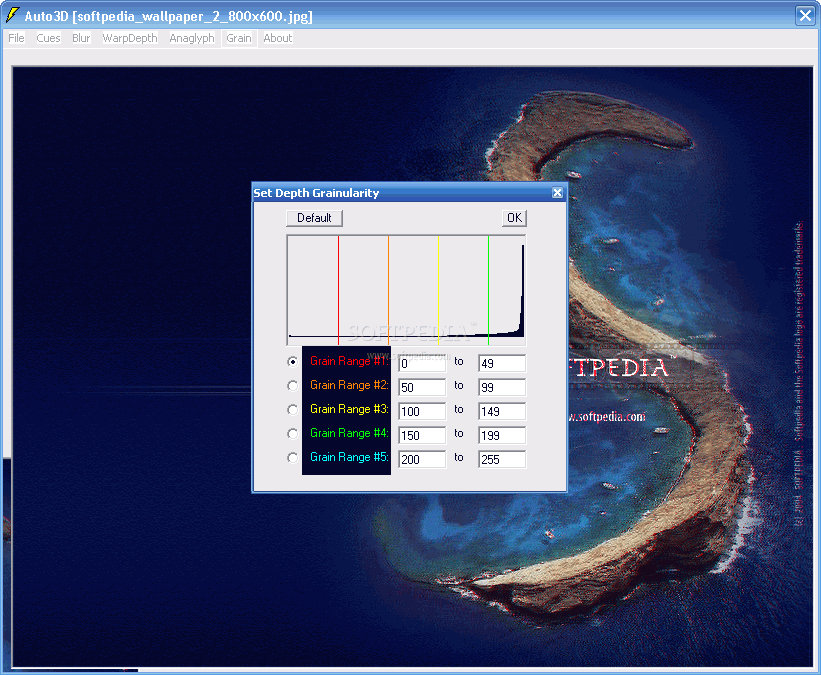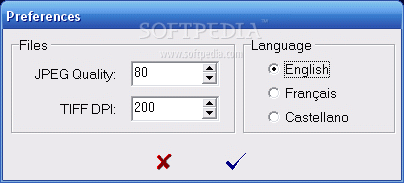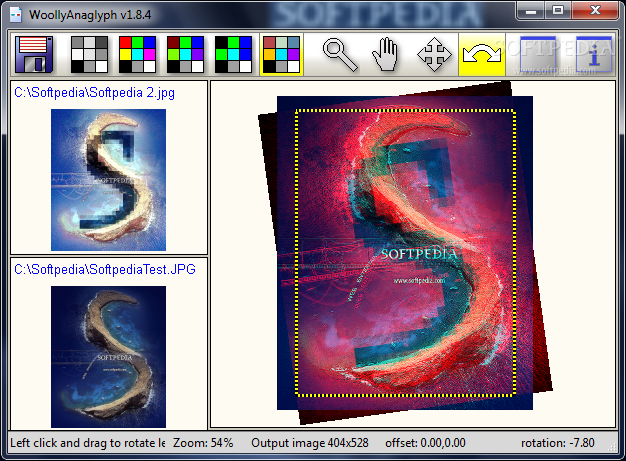

- Anaglyph workshop for windows for free#
- Anaglyph workshop for windows professional#
- Anaglyph workshop for windows series#
For many lenses, there is a thread for screw-in filters. You can't use one of them unless you put the stop elsewhere, and that's beyond the scope of this instructable. Fisheye and other ultra-wide-angle lenses often have bulbous front elements that don't provide a simple front-mounting option for a new stop.

However, precision matters more here, so we're going to go through the technical steps to maximize the probability that it works for you. You are going to make an aperture stop that will be placed in front of your lens, not unlike the stops other instructables have suggested for bokeh shaping. The method described in this instructable is conceptually very similar, but is much simpler and cheaper to implement - and it captures higher-quality anaglyphs.
Anaglyph workshop for windows series#
The discontinued and rare Vivitar Series 1 Qdos 70-210mm lens even implemented this trick using a special segmented internal filter. Songer's 1973 patent, #3,712,199, teaches coloring of the halves of an aperture to capture anaglyphs. An appropriately-coded aperture can directly produce the stereo pair encoded as an anaglyph. However, it isn't hard to separate the two views by imposing a special, color-coded, aperture. I've been working on methods that can computationally perform this separation for well over a year. Since opposing edges of the aperture have a distance between them, all we need to do is distinguish rays coming through near the leftmost and rightmost edges - we can capture a stereo pair in a single shot with a single lens! A larger distance between the edges allows a greater interocular distance and a more extreme stereo effect. That implies the light near the edge of the OOF point's image actually came through the lens near the corresponding edge of the aperture. Technically, the shaping is caused by hard-clipping of the point spread function (PSF) of the lens by the aperture. In fact, there are a couple of instructables that take advantage of this fact to make OOF points take-on interesting shapes, giving lenses very distinctive bokeh.

For a typical well-corrected lens, the image of an OOF point light source is actually a bright disc whose sharp outline is shaped like the lens aperture. Most people, including many otherwise really smart people writing fancy image-processing algorithms, think that an OOF image of a point of light looks like a Gaussian blur - but that's not how lenses work. An image is nothing more than the sum of what the lens does to each point of light in the scene. The key is understanding what happens to the out-of-focus (OOF) portion of an image. Beyond that, although the method is quite simple, there are details that can make a huge difference in how effective the method is. Ok, I know you don't want to hear about the theory behind this, but I'm a professor, so you're going to.

You don't need a computer to make anaglyphs by the method described here. Note that the post processing described in steps 12, 13, and 14 is optional.
Anaglyph workshop for windows professional#
Using a lenscap instead of paper printout for mounting adds about $1 to the cost, but yields a "more professional looking" and more durable device. I've bought hundreds at an average cost of $0.32 each including shipping, which would bring the "new purchase" cost to $0.64 for the two needed.
Anaglyph workshop for windows for free#
The paper anaglyph viewing glasses are widely available for free in small quantities. Cost? Well, you probably have most of the stuff you need. Don't be scared by the large number of steps in this instructable - that's just trying to make sure that you get things working as well as possible without a trial-and-error process. A method of mounting (paper, tape, and scissors optionally, a lenscap and drill) This method works with most cameras and lenses, but works much better with some than with others and is a little touchy about some details. Two pairs of identical paper anaglyph viewing glasses 3.


 0 kommentar(er)
0 kommentar(er)
